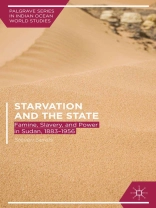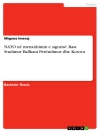Sudan has historically suffered devastating famines that have powerfully reshaped its society. This study shows that food crises were the result of exploitative processes that transferred resources to a small group of beneficiaries, including British imperial agents and indigenous elites who went on to control the Sudanese state at independence.
Mục lục
1. Introduction 2. Famine and the Making of Sudan’s Northern Frontier, 1883-1896 3. The Red Sea Grain Market and British Strategy in Eastern Sudan and the Red Sea Hills, 1883-1888 4. The Sanat Sitta Famine in Eastern Sudan and the Red Sea Hills and the Decline of Bija Autonomy, 1889-1904 5. Slavery, Anglo-Egyptian Rule and the Development of the Unified Sudanese Grain Market, 1896-1913 6. Cotton and Grain as the Drivers of Economic Development, 1913-1940 7. Food Insecurity and the Transition to Independence, 1940-1956 8. Conclusion
Giới thiệu về tác giả
Steven Serels is a Postdoctoral Fellow at the Weatherhead Initiative on Global History at Harvard University, USA. He is also a Research Associate at the Indian Ocean World Centre, Mc Gill University, Canada.












